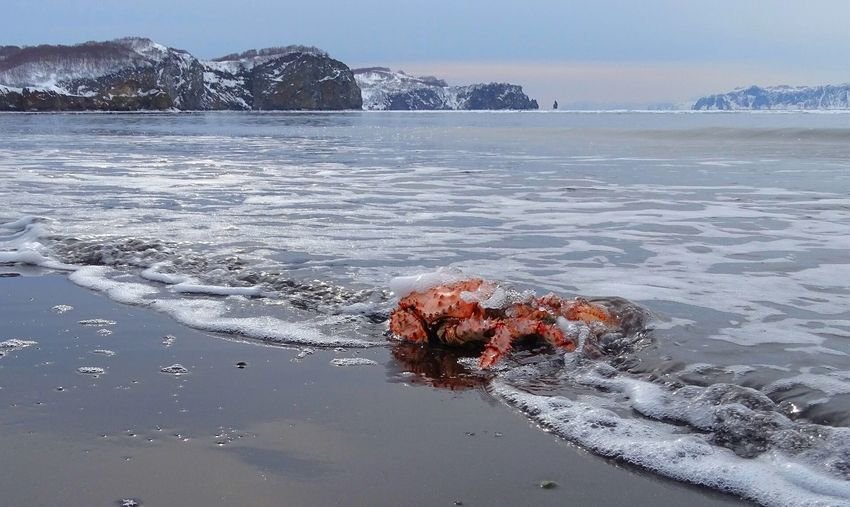The cause of Alaskan crab decimation appears to be climate-induced cannibalism change

Last week, the Alaska Fisheries Council and the North Pacific Fishery Management Council canceled the winter season crab fishing due to the decline in their numbers.
Everyone assumed that overfishing and climate change are responsible for this decline. But it seems that the main cause is the cannibalism due to climate change.
Wes Jones reports, Norton Sound Economic Development Corporation Director of Fisheries, Research and Development:
To understand what really happened in the frozen depths of Alaska's Bering Sea this year, we have to go back to 2017, when fishermen began reporting an unprecedented population explosion young crabs. The population boom continued in 2018 and 2019, creating the largest population on record.
At that time the young crabs were too small for legal harvest. Juvenile crabs take four to five years to mature, but they were long enough to start catching them in 2022.
Meanwhile, the thermowineBering Sea temperatures, which usually hover around zero, have been on the rise, rising several degrees between 2017-2019. Unlike mammals, which consume less energy when temperatures rise, cold-water fish and crustaceans speed up their metabolism.
The faster crabs grow and expend energy, the faster they have to replace it. Some of the crabs may have headed north to cooler Russian waters, but most appear to have stayed put.
And suddenly a huge number of small crabs started eating each other. After the water it got even hotter, which meant they had to eat more. It was a double whammy, and the results were inevitable for a hungry, omnivorous species that had run out of its usual food source: They were cannibalizing each other.





